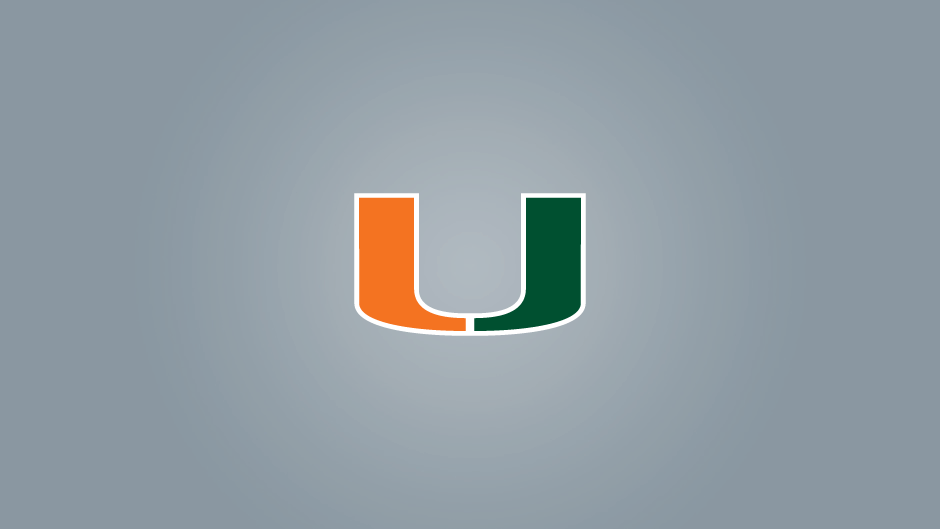On Friday, November 4, Miami Law's Intellectual Property Law Society sponsored a panel discussion, "What You Should Know About the Patent Reform Act," in order to make sense of the key changes and new provisions of the Act.
Invited to speak about the implications that the Act will have on the practice of patent law were two Miami Law alumni and current patent law practitioners, Eric Cohen JD '73, and Craig Larson JD '76. Cohen, who currently serves as a partner at the national law firm, Katten Muchin Rosenman LLP, has litigated patent infringement and other intellectual property cases for more than 30 years. Larson, who currently serves as Vice President and Assistant General Counsel for Bausch & Lomb, Inc., has been active in intellectual property organizations throughout his career and has written and spoken widely on intellectual property law topics.
Prior to passage of the Act, patents would be issued to the person who was "first to invent." If two or more people happened to invent the same thing in close proximity to one another, the patent would be awarded to the person determined to have come up with the invention first.
Under the new law, however, the first inventor to file the patent with the United States Patent and Trademark Office is issued the patent. There are exceptions to the "first to file" rule, however. One who derives the invention from the first inventor, despite filing first, will be denied a patent for the invention.
This shift from a first-to-invent to a first-to-file represents what Mr. Larson describes as "a globalization theme behind the new act." Before the Act's passage, the United States was the only nation in the world still using a first-to-invent system.
Many of the interest groups that lobbied Congress to reform the original Patent Act felt it would be better to harmonize America's patent system with other patent systems around the world practicing the first-to-file model, explained Larson. "There has been an intensive effort, that began 10 years ago or so, to simplify the procedures by which you secure patents around the world," said Larson, largely by creating similar procedures for filing and challenging patents.
Under the old system, "it was probably easier to convict somebody of murder than to prove they made an invention," according to Larson. The Byzantine procedures involved in challenging patents and proving first-to-invent status made challenges to patents extremely complex, and success in such challenges highly unlikely.
Other major changes to patent law under the Act include: New patent challenge procedures; new defenses against patent infringement claims; new provisions to help prevent forum shopping in patent infringement litigation; and changes to the definition of "prior art" for purposes of patent prosecution and litigation, to name a few.
These, and other, new provisions of the Act will go into effect on or after March 16, 2013.
In an effort to harmonize patent law, the Act may very well end up complicating a body of law it was otherwise intended to simplify. "We're still litigating the meaning of parts of the '52 Act," explains Cohen. "Now, with the introduction of patent law reform, it may very well take another 50 years!"
For more on patent law and implementation of the Act, be sure to follow the latest on-campus developments from the Intellectual Property Law Society.
- Accessibility Options:
- Skip to Content
- Skip to Search
- Skip to footer
- Office of Disability Services
- Request Assistance
- 305-284-2374
- Display:
- Default
- High Contrast
- Accessibility Options:
- Skip to Content
- Skip to Search
- Skip to footer
- Office of Disability Services
- Request Assistance
- 305-284-2374
- Display:
- Default
- High Contrast
- Apply
- About UM
- Give to UM
-
Schools
- School of Architecture
- College of Arts and Sciences
- Miami Herbert Business School
- School of Communication
- School of Education and Human Development
- College of Engineering
- School of Law
- Rosenstiel School of Marine, Atmospheric, and Earth Science
- Miller School of Medicine
- Frost School of Music
- School of Nursing and Health Studies
- The Graduate School
- Division of Continuing and International Education
- Alumni
Intellectual Property Law Society Sponsors Panel Discussion

By UM News
University of Miami School of Law
-
1311 Miller Drive
Coral Gables, FL 33146 - lawcommunications@law.miami.edu
Resources
Quick Links
Communications
Legal
Copyright: 2025 University of Miami. All Rights Reserved.
Emergency Information
Privacy Statement & Legal Notices
Title IX & Gender Equity
Website Feedback
Individuals with disabilities who experience any technology-based barriers accessing University websites can submit details to our online form.
